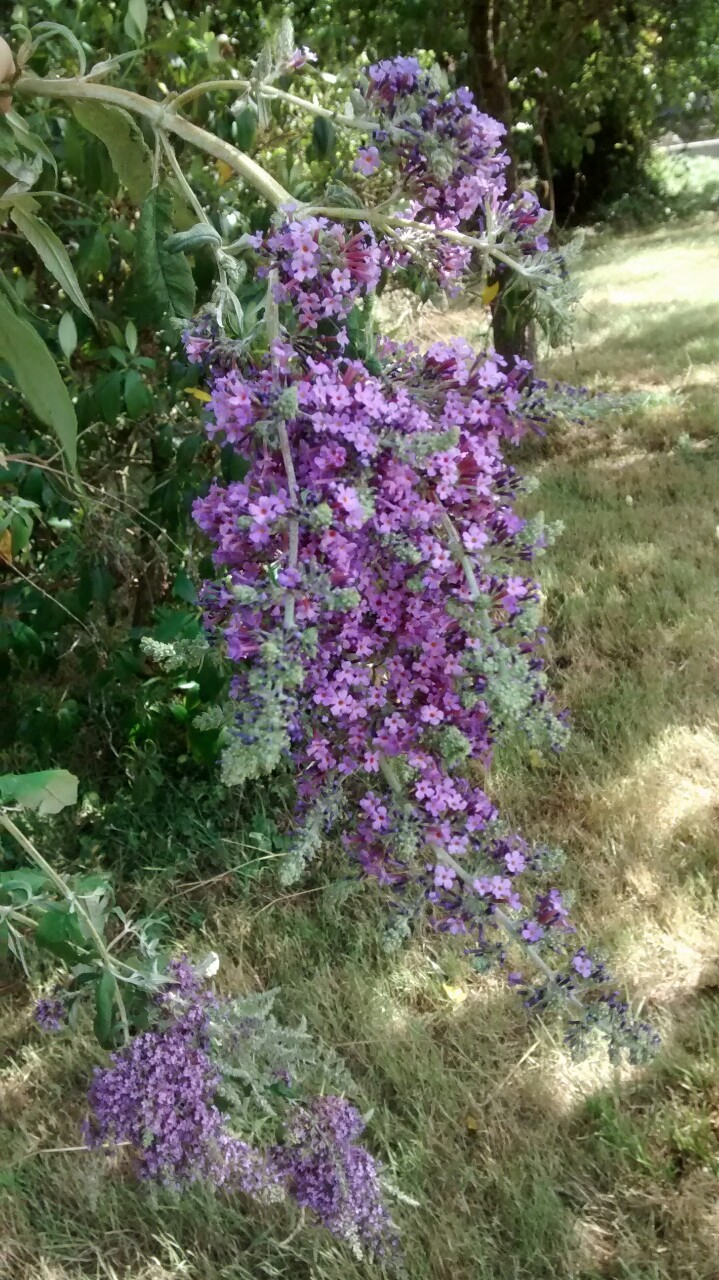The Canadian news continues to be really odd. I have no idea if this is normal, since I didn't pay attention to it for nearly a decade, and before that I just read one local newspaper. That was before I had internet, so I didn't see anywhere near as much news. A lot of the Canadian news is boring or sad, but some of it is just plain weird.
There was a really unusual windstorm (for August) in southern BC, centred on Vancouver and starting on Saturday afternoon. We just caught the edge of it, but there were high winds, trees whipping, rain and hail pelting down, constant power flickering. It hadn't rained in months, so the ground was really dry and couldn't absorb all that water. The trees are brittle from drought and covered in leaves which make them act like sails, so there are a lot of downed trees, causing power outages, blocking streets, and damaging vehicles and houses.
It wasn't a big problem here, but there was flooding elsewhere, and 710,000 people in Vancouver were without power for at least a day. Some of them are still without power, three days later. It's not that cold, but they haven't been able to cook, or flush the toilet, or possibly run water at all for three days. BC Hydro is saying that it's the single largest power outage event in their history.
Lots of people were posting pics of the damage on Twitter.
One woman in Vancouver was hit by a tree while out walking with her daughter and is in hospital with life-threatening injuries.
We got more rain in four days than we have the whole summer and the winds were up to 90km/hr. While it's slowed down, it's still raining and it's expected to keep raining. I'm used to it raining only once or twice a year in January, so this much rain and wind and cold weather in August and early September is pretty strange to me. It was just starting to be warm for a little while, and now it's winter again. Thanks, Canada.
The hay bale theft and deer teeth dentures stories are under the cut.
There was a really unusual windstorm (for August) in southern BC, centred on Vancouver and starting on Saturday afternoon. We just caught the edge of it, but there were high winds, trees whipping, rain and hail pelting down, constant power flickering. It hadn't rained in months, so the ground was really dry and couldn't absorb all that water. The trees are brittle from drought and covered in leaves which make them act like sails, so there are a lot of downed trees, causing power outages, blocking streets, and damaging vehicles and houses.
It wasn't a big problem here, but there was flooding elsewhere, and 710,000 people in Vancouver were without power for at least a day. Some of them are still without power, three days later. It's not that cold, but they haven't been able to cook, or flush the toilet, or possibly run water at all for three days. BC Hydro is saying that it's the single largest power outage event in their history.
 |
| Hundreds of trees were uprooted during Saturday's windstorm, including this one that lifted a Vancouver sidewalk. (Darryl Dyck/Canadian Press) |
 |
| Add caption |
One woman in Vancouver was hit by a tree while out walking with her daughter and is in hospital with life-threatening injuries.
At least two people were killed in Washington State. One man was driving when a tree came crashing down on top of his car. A 10-year-old girl was playing outside at a friend's house when she was struck and killed by a fallen tree branch.
Vancouver's Stanley Park was closed to the public. The east side of the park has since been reopened as crews work to clear the remaining trees and debris caused by the storm.
A number of ferry crossings were cancelled or delayed due to rough seas, and the Vancouver SkyTrain was temporarily delayed after a tree fell across the tracks, smashing the front of an oncoming train. (Weather Network)
We got more rain in four days than we have the whole summer and the winds were up to 90km/hr. While it's slowed down, it's still raining and it's expected to keep raining. I'm used to it raining only once or twice a year in January, so this much rain and wind and cold weather in August and early September is pretty strange to me. It was just starting to be warm for a little while, and now it's winter again. Thanks, Canada.
The hay bale theft and deer teeth dentures stories are under the cut.















































